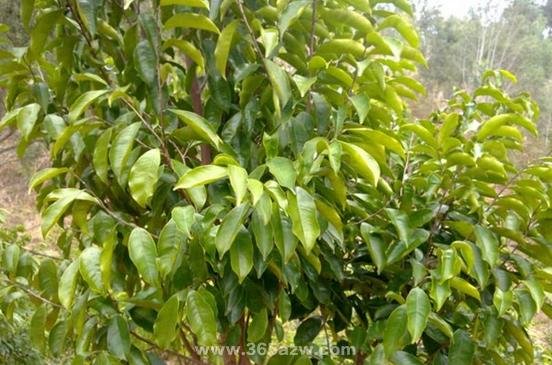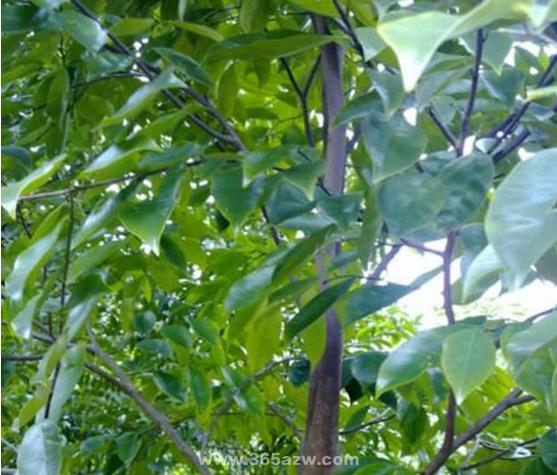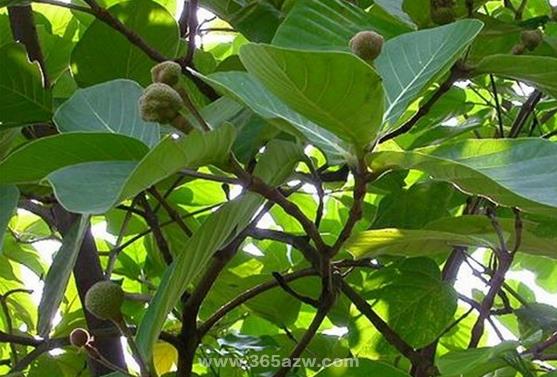Is Baimuxiang incense incense?
There are many kinds of wood incense. Are you interested in white wood incense? let's go into it.

1. White wood incense tree
White wood incense trees are born in low-altitude mountains, hills and sparse forests on the side of the road. The distribution area is located near and south of the Tropic of Cancer, belonging to the high-temperature, rainy, humid tropical and subtropical monsoon climate. Wet and loose latosol or mountain yellow soil with thick soil layer and high humus content. Often mixed with pallets such as Cyclobalanopsis glauca, Huangtong, olive, water stone, etc. It is a weakly positive tree species, young fashion and shade-resistant. The growth of young plants is slow, and increases gradually after 10 years. The average annual height growth of 20-30-year-old plants can reach 90 meters, and the average DBH growth can reach 1 meters. It blossoms from March to June and the fruit ripens from September to October.
Among the white wood incense trees in nature, only a very small number of individuals produce incense resin, and the general view is that they are subjected to trauma; for example, after rats eat insects, bacteria are eroded, typhoons are broken, and artificial felling, and so on, because of their own callus mechanism, will secrete special resins to protect themselves. Through accidental factors such as injury, some external substances were involved in the metabolic process of incense tree, resulting in abnormal enzyme transformation in the core of the tree, resulting in the production of incense resin. At present, the technology of artificially induced incense is basically based on the above mechanism or theory.
Operation steps of mother liquor products of incense-induced bacteria
1. Drilling method: (according to the specification of 6-year-old or 12 cm breast diameter) 2 holes are drilled with an angle of 45 degrees up and down, the hole diameter is 0.55 ~ 0.6 cm, and the hole is as deep as 1 inch in the trunk wood. The 2 holes drilled should correspond to each other but cross 15 cm above and below. After 1-2 months, if the part of the infusion port is not stained more than two meters, two more holes can be drilled to supplement the infusion to promote the dyeing to form incense to the top branch of the tree.
2. The use of bacterial mother liquid The mother liquid of acidified nutritional bacteria and clean water are expanded into a diluent according to the specific gravity of 1: 6 or 1: 12. The proportion concentration and total amount of infusion can be flexibly adjusted according to the size, water content and health status of the tree. If the bacterial solution is too strong, it may cause leaf loss to the tree, and if it is too thin, it may affect the effect of dyeing and fragrance. If the infusion volume is 12 cm in diameter, the total amount of infusion can be about 1500 ml. You can infuse 1000 milliliters for the first time. After dilution, you need to filter and fill the bag with three layers of gauze to prevent the needle from clogging. At the same time, pay attention to adjust the tight pressure of the contact part of the infusion needle and the drill hole to prevent the drug from overflowing. The speed of the drip depends on the influence of the tree's own health level and water content. After 1-2 months, the part of the infusion that has not been dyed more than two meters can be supplemented to promote the whole body dyeing. 3. The mother liquid of nutritive bacteria can be preserved, with a capacity of 500ml per bottle, which can be preserved for one and a half months at room temperature and 6 months at 2-4 degrees, so it can be preserved at low temperature for the time being.
4. fragrance effect; usually it can be dyed after a week of infusion, begin to form incense after a month, can be initially fragrant in half a year, and can be harvested in one year, close to natural quality in two years, and the quality of incense in 3-5 years can be submerged or semi-submerged; the economic benefit is 10 times or even dozens of times higher than that of simply selling trees.
5, quality and grade; Jiexiang can reach the quality of natural incense in 2 years, and can reach the international quality standard of A1 or A2 in 3-5 years, and its price is higher. When harvesting, you can cut the comprehensive brown oil or yellow incense wood, remove the non-resin xylem with a knife and dry it for incense.

Second, is it Chen Xiang?
Not Chenxiang. Chenxiang is a kind of maple wood that is eroded by diseases and insect pests and secretes oil. The so-called white wood incense should be maple wood that does not secrete oil. To identify Chenxiang, you only need to look at the oil. If there is no oil in the brown eyes of a tree, it is not incense.
White wood is white wood, and it is called Chenxiang tree in the market, because it is most likely to secrete resin to produce incense. In fact, there are several kinds of trees that can also produce incense, but white wood is the most common. Chenxiang is an oil formed by the secretion of resin and contact with fungi. The incense is a tree that falls into the soil, and the remaining one is called the incense due to various so-called chemical reactions with the soil. In the past, some people in Vietnam specially buried the incense in the soil, and then wrote a place for their children and grandchildren to dig for years.
So the incense can be collectively referred to as the oil formed by the incense tree due to the reasons I mentioned above, and then it is divided into different levels according to its production process, which is bitten by insects, called insect leakage, soil sinking and so on. Now the fake ones on the market are made of green sandalwood, which is better made of white wood soaked in oil with a pressure cooker and steam cooker. The most common Shen Xiang 1.4, if you buy and retail in the general wholesale market, 500 to 1000, there is no certain price, can only say a range.

How to distinguish the true and false white wood incense, and artificially induced incense, do you know it? Let's dig out more value of the white wood incense tree.
How to distinguish the true and false white wood incense, and artificially induced incense, do you know it? Let's dig out more value of the white wood incense tree.
- Prev

The nutritional value of Toona sinensis tells you where to fill it.
The nutritional value of Toona sinensis tells you where to fill it.
- Next

The efficacy and function of Aristolochia mandshurica the difference between Radix Aucklandiae and Radix Aucklandiae
The efficacy and function of Aristolochia mandshurica the difference between Radix Aucklandiae and Radix Aucklandiae
Related
- Wuhan Hospital Iron Tree Blooming Result Was Instantly Frightened by the Gardener Master
- Which variety of camellia is the most fragrant and best? Which one do you like best?
- What is the small blue coat, the breeding methods and matters needing attention of the succulent plant
- Dormancy time and maintenance management of succulent plants during dormancy
- Minas succulent how to raise, Minas succulent plant pictures
- What are the varieties of winter succulent plants
- How to raise succulent plants in twelve rolls? let's take a look at some experience of breeding twelve rolls.
- Attention should be paid to water control for succulent plants during dormant period (winter and summer)
- Watering experience of twelve rolls of succulent plants
- Techniques for fertilizing succulent plants. An article will let you know how to fertilize succulent plants.

